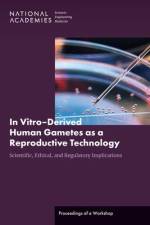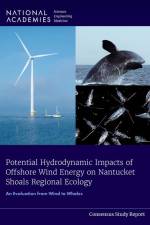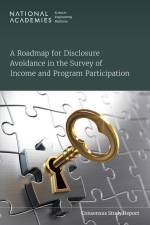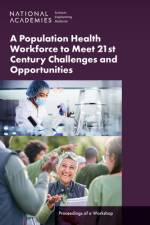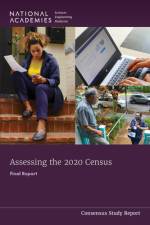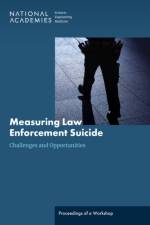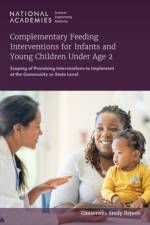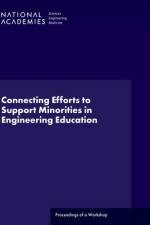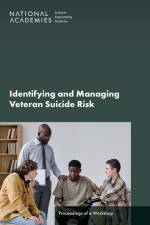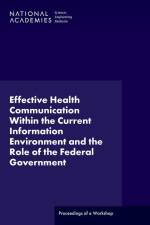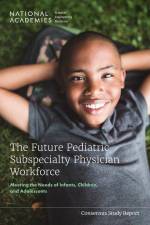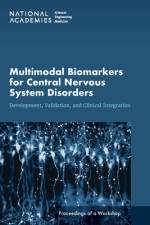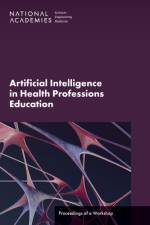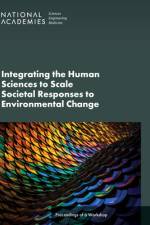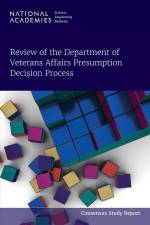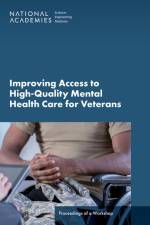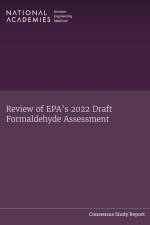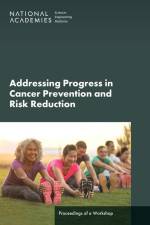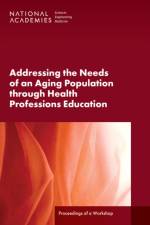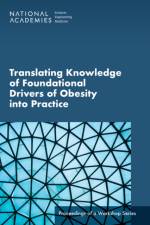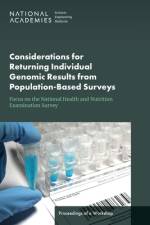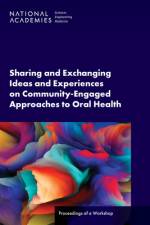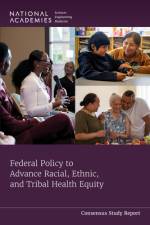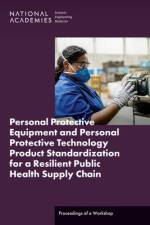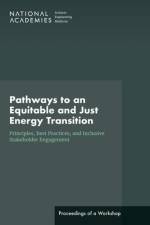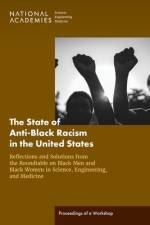av National Academies Of Sciences Engineeri
179,-
While technologies are clearly instrumental in transitioning away from fossil fuel-based energy and toward a decarbonized economy, decisions about which technologies are prioritized, how they are implemented, and the policies that drive these changes will have profound effects on people and communities, with important implications for equity, jobs, environmental and energy justice, health, and more. The National Academies of Sciences, Engineering, and Medicine Committee on Accelerating Decarbonization in the United States: Technology, Policy, and Societal Dimensions was tasked with assessing the broad range of technological, policy, and societal dimensions of decarbonizing the U.S. economy. The committee produced a 2021 report that provides the U.S. government with a roadmap of equitable and robust decarbonization policies. The next report of the committee will address the broader range of policy actors who play a role in equitable energy transition. To inform its deliberations, the committee hosted a 1-day workshop on July 26, 2022 to discuss critical issues of equity and justice during the energy transition. The goal of the workshop, titled Pathways to an Equitable and Just Transition: Principles, Best Practices, and Inclusive Stakeholder Engagement, was to move beyond energy technologies and elicit ideas and insights to inform the development of principles, best practices, and actionable recommendations for a broad range of policy actors and stakeholders in order to fully operationalize equity, justice, and inclusion. This publication summarizes the presentations and discussion of the workshop.

